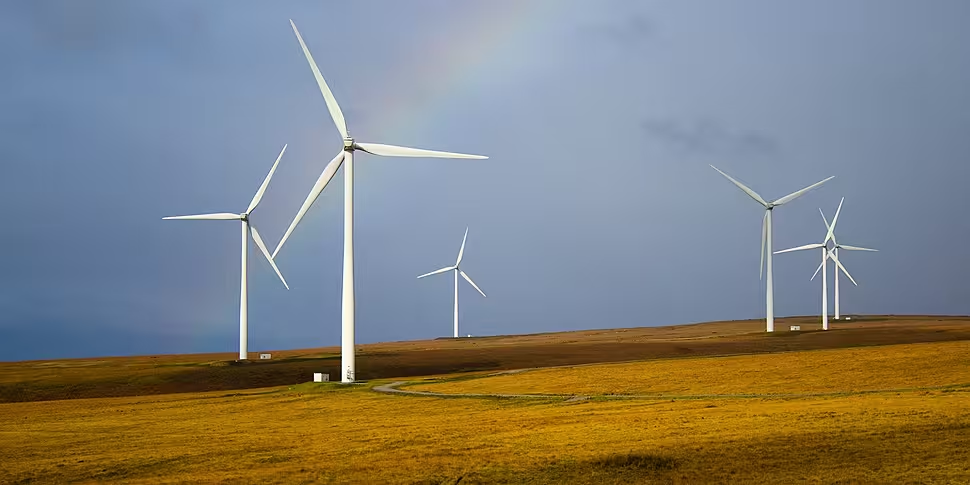A recent report has shown that Ireland could achieve an energy system with net-zero emissions by 2050, creating up to 50,000 jobs along the way.
The report, published by MaREI, the SFI Research Centre for Energy, Climate and Marine, hosted by University College Cork, on behalf of Wind Energy Ireland also goes on to detail how exactly Ireland can achieve this and its benefits beyond addressing the climate crisis.
Professor Brian Ó Gallachóir, Director of MaREI – the SFI Research Centre for Energy, Climate and Marine, joined Pat Kenny on The Pat Kenny Show to discuss how feasible this plan really is for Ireland.
Taking a no-regrets approach
In order to achieve this milestone, the report suggests three key ‘no-regrets’ options for the Government to pursue. These are:
- Energy efficiency first: Making society energy efficient must be the first principle. The barriers – policy and financial – to retrofitting homes and using more energy efficient technology should be eliminated. Investment would be required to rapidly train the skilled workers needed.
- Electrification: Electricity, not oil, would need to become the backbone of Ireland's energy system. Every form of transport or heating that can be electrified, must be, as quickly as possible.
- More renewables faster: Renewable energy projects like wind farms – on and offshore – and solar farms would need to be developed far more quickly and sustainable bioenergy would also be needed to fully decarbonise Ireland's energy system.
Speaking to Pat Kenny about this 'no-regrets' approach, Professor Ó Gallachóir said: "The no regrets focus shows the three things that are fundamental to any of the scenarios explored in the analysis. So for example, energy efficiency first... This is a very clear no-brainer because it saves money as well as reducing emissions and making our society energy efficient must be our first principle."
Overcoming barriers
Of course, it isn't always easy to make your home more energy efficient. Cost is obviously a massive consideration for both businesses and homeowners alike when it comes to retrofitting a premises or a house to be more energy efficient.
There are currently a number of schemes and grants available for businesses but this isn't currently being replicated in the residential sector.
Speaking on The Pat Kenny Show, Professor Ó Gallachóir discussed how some communities have come together to lower costs but said there is a further need for innovative financing to overcome the barrier of cost:
"We've seen some very good examples in communities around the country where energy communities have come together. Not only do you get that effect of the whole terrace being insulated, there's economies of scale. So you can negotiate a better deal with the insulating companies, for example."
"I mean, we have 400,000 households in receipt of fuel allowance. So there's a, there's a question of affordability and this is where public finance from investment is also required. I think innovative financing is, is a key part of the addressing this barrier and this challenge."
What does a net-zero energy future look like?
The report clearly states that in order to achieve the net-zero energy status by 2050, Ireland will need to see a mobilisation across every level of society and a shared commitment to a cleaner, brighter, energy future.
With this, we could see wind providing two-thirds of Ireland’s total energy needs, either directly through the electricity supply, or by generating large amounts of hydrogen for heating, transport or to be stored for use in power plants. This would also be supported by significant volumes of bioenergy, solar power and battery storage, according to the report.
Of course, a large number of skilled workers would be required to get to this stage through developing wind farms, installing heat pumps in homes, retrofitting buildings and further developing the electricity grid.
The report calculates the total annual investment needed to decarbonise the energy system amounts to approximately 1.4 per cent of GDP, compared to the approximately 8.5 per cent of GDP that Ireland currently invests in energy every year.
To learn more about climate research and other interesting topics, you can tune into Professor Brian Ó Gallachóir on Green Scene, sponsored by ESB, on The Pat Kenny Show every Wednesday or catch up here.










